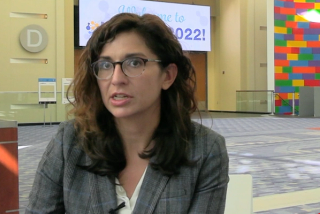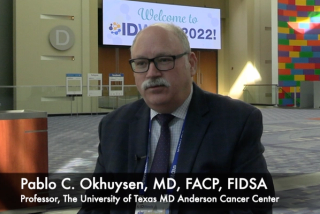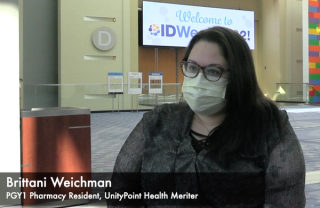
Antibiotics
Latest News
Latest Videos

CME Content
More News

Amikacin inhaled once daily for 3 days reduced risk of developing ventilator-associated pneumonia in placebo-controlled trial in critically ill.
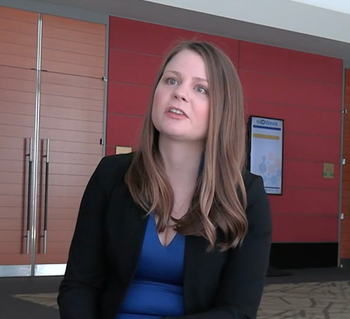
A recent novel study found reduced mortality rates in combining these therapies in patients being treated for this specific bacteremia.

A study showed utilizing a PCR-based test can narrow therapy quicker and help in resolving these infections sooner.

The implementation of new College of American Pathologists rules presents an opportunity for collaboration between clinical microbiology laboratories and infectious disease pharmacists and physicians.

A small study showed high efficacy for the same strain of Pseudomonas aeruginosa.

The proposed clinical benefits of de-escalation has contributed to its lukewarm adoption in some settings. This article looks at the challenges in measuring the impact of de-escalation, and the ongoing search for more meaningful metrics to evaluate the success of antimicrobial stewardship (AMS) programs.

The investigational agent, afabicin, was developed by private company, Debiopharm, and a clinician offers some insights on the therapy in these 2 therapeutic areas.

Empirical antibiotic therapy in diabetic foot ulcer infections increases hospitalization and prolonged symptoms in patients being treated for lower limb cellulitis are common. Two recent papers examine the need for effective communication, the importance of objective findings in cellulitis management, and the benefits of culture-based antibiotic therapy in diabetic foot ulcer cases.

Although the current reimbursement model makes it difficult for pharmaceutical companies to recoup their investments, a subscription model like the prospective congressional bill, the Pasteur Act, may help change that paradigm. In addition, there are international measures being carried out that may bring about changes.

The companies announced a licensing agreement on cefepime-taniborbactam.

S salivarius probiotic reduces relative abundance of nasopharyngeal otopathogens but not incidence of acute otitis media in children.

This form of stewardship can reduce unnecessary antibiotic prescribing, reduce costs, and optimize patient outcomes.

A new study highlights the growing threat of drug-resistant pathogens, particularly in healthcare settings, and underscores the need for enhanced surveillance and intervention strategies to combat these emerging and resistant infectious diseases.

This year's Clinical and Laboratory Standards Institute (CLSI) Subcommittee on Antimicrobial Susceptibility Testing provided updated breakpoints on therapies.

In the October Editor-in-Chief letter, Jason Gallagher PharmD, FCCP, FIDP, FIDSA, BCPS, writes about this novel antibiotic indicated for a targeted, resistant pathogen and its long-term viability.
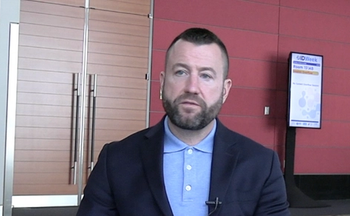
A clinician discusses the ongoing challenges presented with critically ill patients and the timing and scope of antibiotic prescribing practices.

Resistance against this pathogen with β-lactamase medications can vary according to geographic region.

A New Drug Application (NDA) for ceftobiprole was accepted for 3 indications including S aureus bacteremia, days after phase 3 results were published.

Bradley Burnam, CEO of Turn Therapeutics, took his own personal medical experience with a severe skin infection and founded his company to address some of the unmet needs of wound care.


Steffanie Strathdee, PhD, had to navigate care for her husband who became gravely ill with a multidrug resistant bacterial infection while they were on vacation overseas. He recovered thanks to the use of phage therapy. From that experience, she has dedicated her life to getting phage therapy to the masses.

The Biden Administration addresses antimicrobial resistance with new project, company voluntarily recalls its antifungal, and a fatal case of the plague is reported in the US.

This antibiotic is the only liquid oral suspension approved in the US.
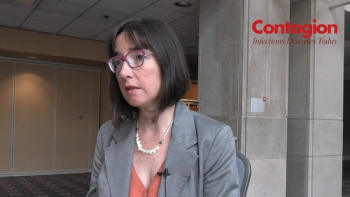
The subject is one where it does not garner the attention of other serious health topics, but key stakeholders say it should.

Sam Aitken, PharmD, president-elect of the Society of Infectious Disease Pharmacists (SIDP), discusses how this strategy is one significant part of a complex puzzle to decrease antimicrobial resistance.








